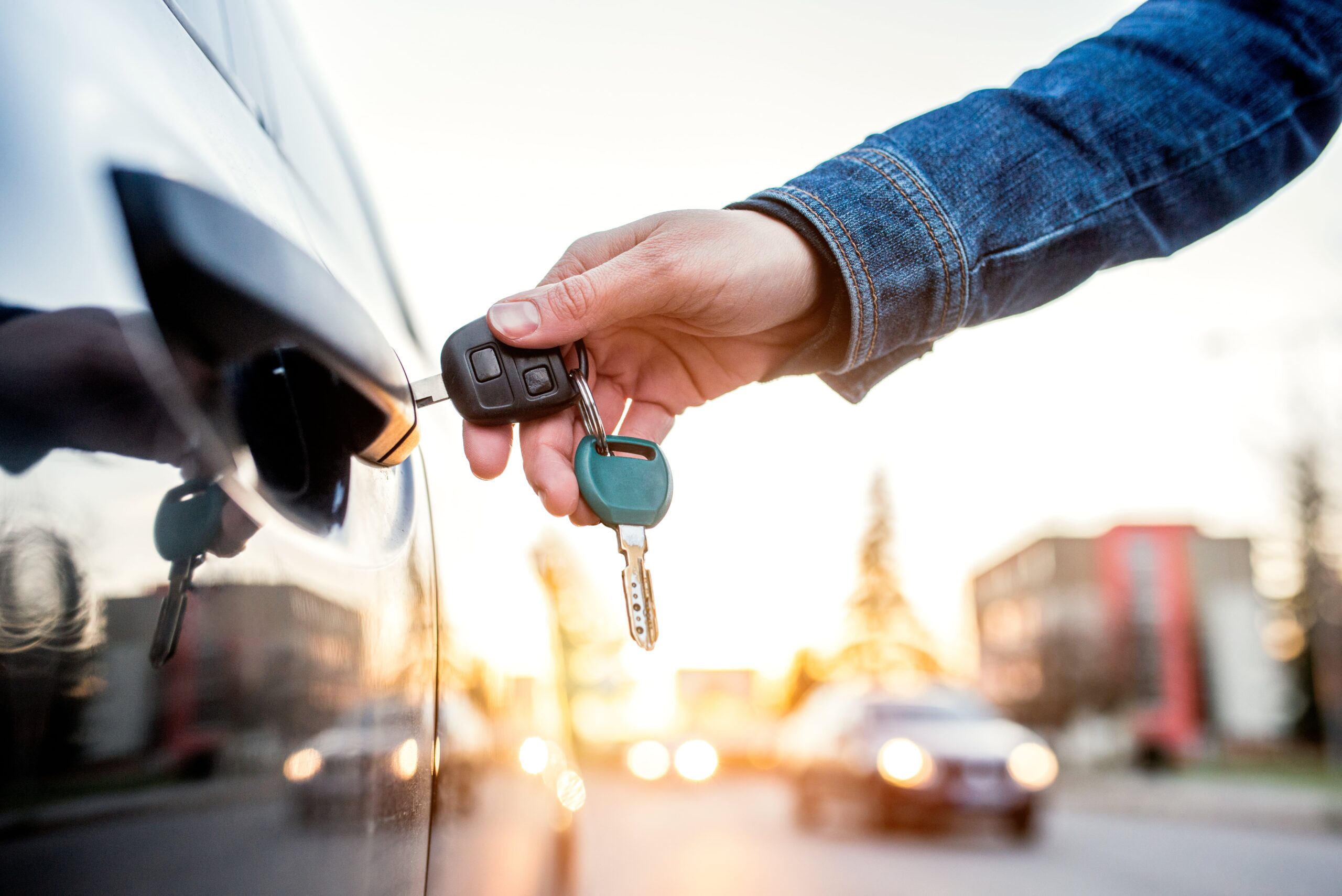10 Tips For Key Programming That Are Unexpected
Understanding Key Programming: A Comprehensive Guide
Key programming is an important element of modern automotive innovation, serving as an entrance to vehicle security and convenience. As automobiles become significantly dependent on electronic systems, the techniques of key programming have actually evolved, reflecting the altering landscape of automotive technology. In this article, we dig into what key programming is, the various types of keys, and the implications of this innovation for vehicle owners and professionals alike.
What is Key Programming?
Key programming involves the process of combining a key or fob with a vehicle's onboard computer system. This system recognizes the key and allows access to vehicle functions such as starting the engine, locking and opening doors, and making it possible for functions like remote start or trunk release. The programming process may vary depending upon the type of keys and the vehicle maker.
Kinds of Keys and Their Programming Methods
There are several types of keys utilized in today's automobiles, each with its own programming method:
Traditional Mechanical Keys:
- These are the easiest types of keys, which do not require programming. Instead, they are cut to match the lock's design.
Transponder Keys:
- Transponder keys consist of a chip that communicates with the vehicle's immobilizer system. To program them, a locksmith professional or dealer must input the vehicle's special code into a programming gadget.
Remote Keyless Entry (RKE) Fobs:
- RKE fobs permit remote locking and unlocking. These can be programmed either through the vehicle's onboard system or by a dealer.
Keyless Ignition Systems:
- These systems need a key fob that must be present in the vehicle to begin the engine. Programming these keys needs customized devices that syncs the fob with the vehicle.
Smart Keys:
- Smart keys offer innovative functionality, including keyless entry and push-to-start features. Programming usually involves accessing the vehicle's onboard diagnostics (OBD) port with a programming tool.
The Programming Process
The key programming process varies depending on the key type, vehicle model, and producer. However, the basic steps can be laid out as follows:
Access the Vehicle's Onboard Computer:
- Technicians typically connect a programming gadget to the vehicle's OBD-II port.
Select the Key Type:
- The particular key type needs to be picked in the programming tool to ensure compatibility.
Input Vehicle Information:
- Vehicle information, including make, model, and VIN, are participated in the programming device.
Program the Key:
- Following the prompts on the gadget, the service technician will start the programming sequence, which may include turning the ignition on/off or pushing buttons on the key fob.
Evaluate the Key:
- Once programming is complete, the service technician will evaluate the key to guarantee it functions properly with the vehicle.
The Importance of Key Programming
Given the increase in vehicle thefts and advancing technology, efficient key programming has actually ended up being important. Key programming contributes to vehicle security by rendering lost or stolen keys ineffective, as the vehicle will not acknowledge keys that have actually not been programmed to it. It likewise improves convenience for vehicle owners by allowing keyless entry and ignition systems.
Advantages of Proper Key Programming
Improved Security:
- Eliminates unauthorized access to lorries through special transponder codes.
Convenience:
- Provides ease of entry and ignition, particularly in wise key systems.
Economical:
- Programs existing keys rather than requiring total replacements, conserving owners money and time.
Key Programming Equipment and Tools
Programming key fobs and transponder keys needs particular tools and equipment. These can normally be classified into:
- Key Programming Machines: Devices clearly created to program keys and fobs for numerous brands and models.
- Onboard Programming: For some vehicles, the owner can program keys through manual series, detailed in the user manual.
- Diagnostic Tools: These tools connect to the vehicle's OBD-II port, using diagnostic functions together with key programming capabilities.
Frequently Asked Questions about Key Programming
**Q1: Can I program a new key for my vehicle myself?A1: Some automobiles permit owners to program new keys themselves by following a specific series described in the owner's manual. Nevertheless, numerous require expert equipment or codes. internet site : How much does key programming usually cost?A2: The cost
**varies based on the vehicle type and the key being programmed, normally ranging from ₤ 50 to ₤ 250 for expert services. Q3: What must I do if I lose my only key?A3: If you lose your only key, it is advised to contact an expert
**locksmith or your vehicle dealer. They can acquire the necessary codes to develop a new key. Q4: How long does the key programming procedure take?A4: The programming process generally takes about 30 minutes, depending upon the vehicle and the professional's experience. Key programming is a crucial part of modern-day vehicle security and operation,
reflecting the market's shift towards electronic systems. Comprehending its importance, different types of keys, and the programming procedure is necessary for vehicle owners. Whether for convenience or security, key programming is a skill that plays a pivotal role in keeping the stability and functionality of lorries today. By remaining notified, owners and specialists alike can ensure they efficiently handle their automobiles' key systems, ultimately leading to a much safer and more practical driving experience. Key Type Programming Method Cost Range Traditional Mechanical No programming needed -Transponder Keys Programming required through expert tools ₤ 50 -₤ 200 Remote Keyless Entry May need dealership or DIY programming ₤ 70-₤ 250 Keyless Ignition Specialized
devices required ₤ 100-₤ 300 Smart
Keys Needs unique programming
₤ 200-₤ 400 By bearing
in mind the advancements in
key technology and
its implications, both vehicle owners and market professionals can much better browse
the intricacies of key
programming.  ******
******